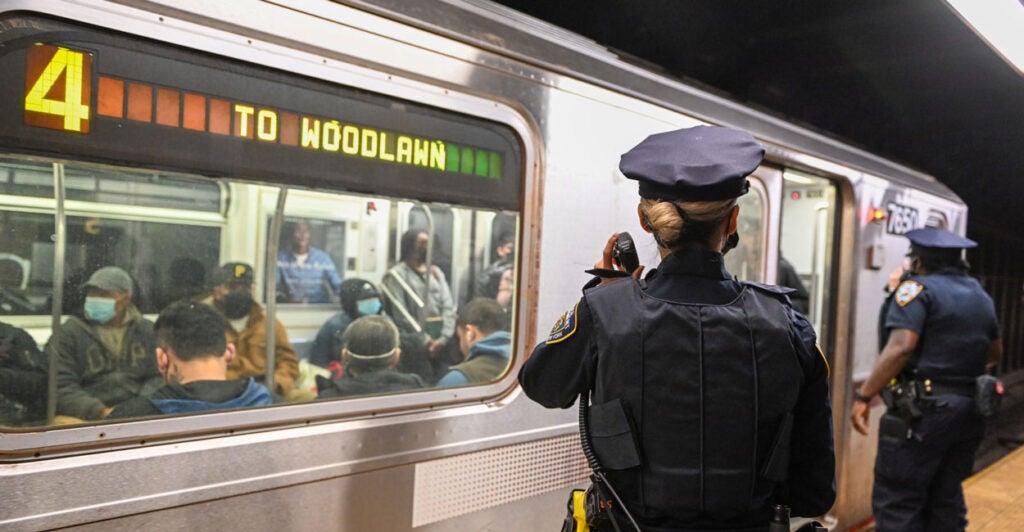This week, the media found its latest iteration of its favorite narrative: white man harms black man.
That iteration featured a 24-year-old white Marine from Queens attempting to suppress a 30-year-old homeless, psychotic black man, Jordan Neely, via use of a suppression hold. Neely was apparently threatening people on the subway when the Marine took him down from behind, keeping him in the suppression hold for 15 minutes; Neely died shortly thereafter.
The extraordinarily inflammatory and insipid Rep. Alexandria Ocasio-Cortez, D-N.Y., immediately rushed to Twitter in order to gin up outrage: “Jordan Neely was murdered. But bc Jordan was houseless and crying for food in a time when the city is raising rents and stripping services to militarize itself while many in power demonize the poor, the murderer gets protected w/ passive headlines + no charges. It’s disgusting.”
Meanwhile, Manhattan Borough President Mark Levine tweeted, “I saw Jordan Neely perform his Michael Jackson routine many times on the A train. He always made people smile. Our broken mental health system failed him. He deserved help, not to die in a chokehold on the floor of the subway.”
So, who was Neely? A career criminal. He wasn’t just shouting threats at passengers—he had been arrested more than 40 times in the past. Those arrests ranged from drugs to disorderly conduct to fare beating. When he died, he carried an outstanding warrant for assaulting a 67-year-old woman. A bevy of people apparently report that he had attempted to shove people onto subway tracks more than once.
Why was Neely out on the streets? It was clear to everyone that he was a mentally ill psychotic man with a serious drug record, a rap sheet longer than the phone book, and an alleged history of violent incidents. The answer is that the city of New York has decided no longer to prosecute crime. To do so might raise the unpalatable spectacle of racial disparity in crime statistics—and it is apparently more important to preserve egalitarianism in arrest statistics than to take active threats off the streets.
The consequences of such idiocy are dire, for both the general public and for people like Neely. How long can the authorities in New York expect everyday citizens to experience hostile and violent encounters before taking action?
Commentator Toure tweeted, “It is normal to see loud, disturbing mental breakdowns on the NYC subway. I’m not defending that; I’m saying it’s a regular occurrence. What’s not normal is to murder people having loud, disturbing mental breakdowns.”
But short of prophecy, how can those watching such a breakdown, complete with threats against others, know who is harmless and who isn’t? Normally such questions are outsourced to law enforcement. When law enforcement is prevented from doing its job, crime rises—and citizens are forced to engage in acts of self-defense.
All of this would be perfectly obvious were Neely white and the Marine black in this case; then, the media and political class would declare the Marine a hero for protecting others on the subway car. But the narrative must be preserved—the lie that crime by minority members must be ignored for the greater good of society, lest response to such crime facilitate systemic racism.
Often, it’s innocent victims who pay the price. In the case of Jordan Neely, it was the criminal himself, who never would have died were the system rational enough to have policed him decently years ago.
COPYRIGHT 2023 CREATORS.COM.
The Daily Signal publishes a variety of perspectives. Nothing written here is to be construed as representing the views of The Heritage Foundation.
Have an opinion about this article? To sound off, please email letters@DailySignal.com and we’ll consider publishing your edited remarks in our regular “We Hear You” feature. Remember to include the url or headline of the article plus your name and town and/or state.
